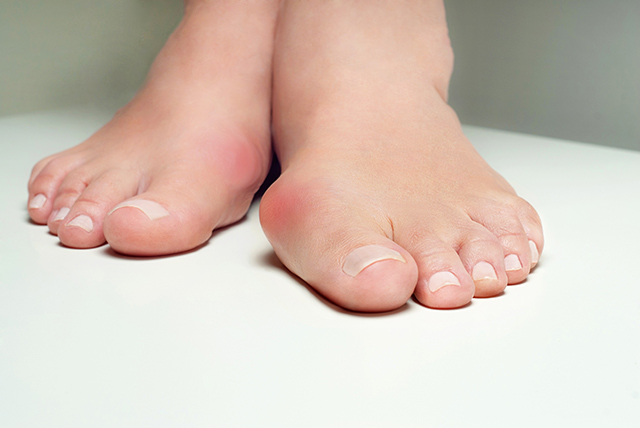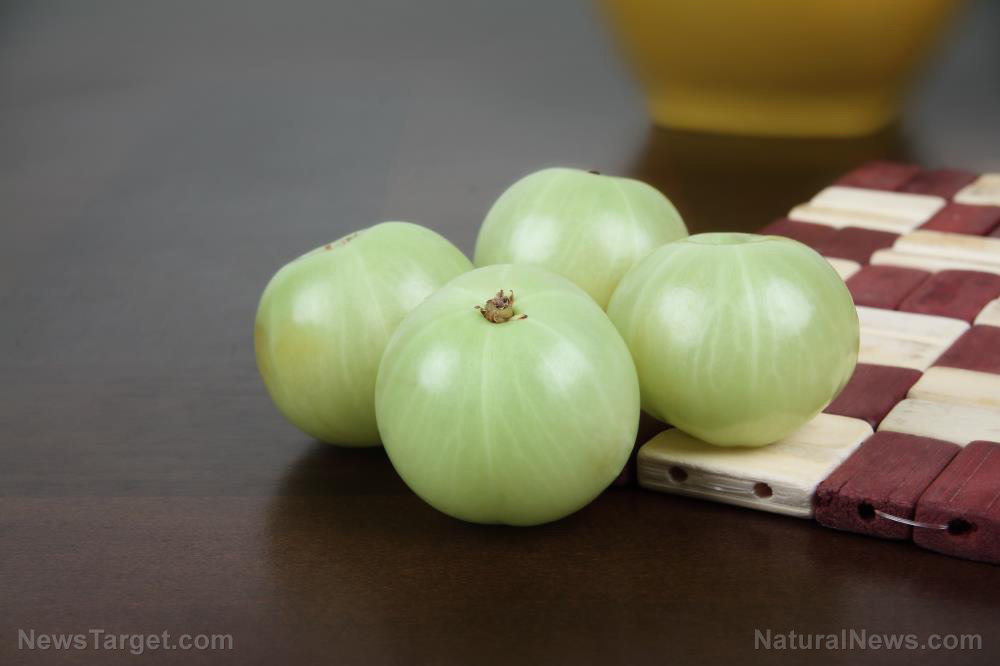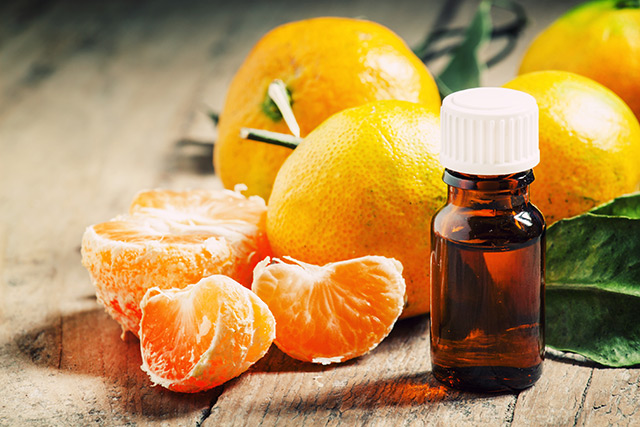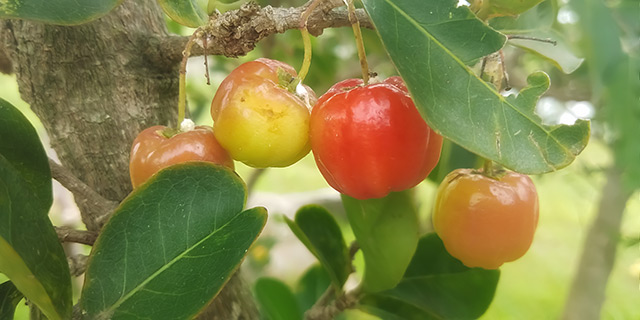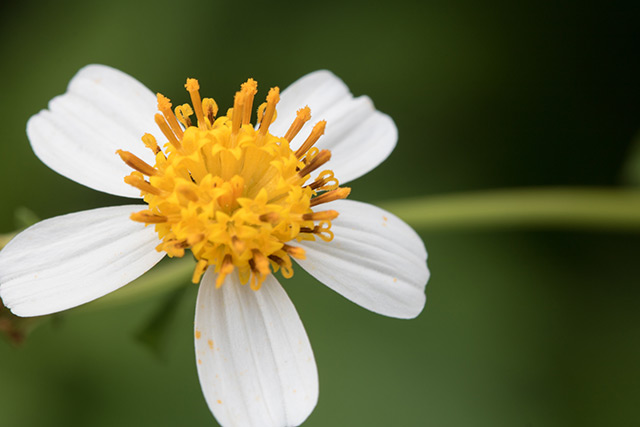Deformed daises found growing near Fukushima Nuclear Plant, showing extent of genetic damage from radiation
07/30/2015 / By Greg White
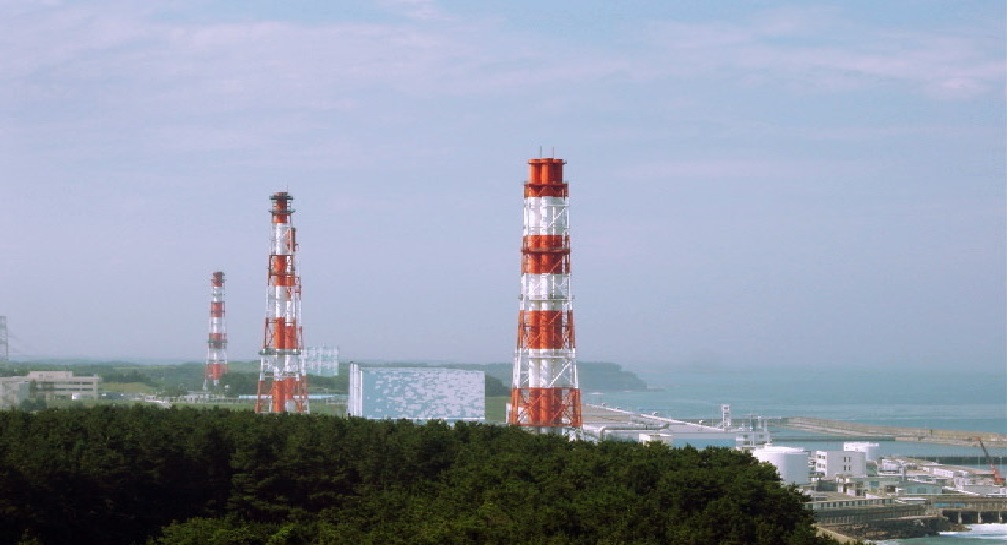
Pictures of alluring roses and daisies flourish on Facebook and Twitter. In May and June of 2015, however, a Japanese citizen posted pictures of daisies on Twitter that went viral for reasons other than their aesthetic appeal.
An amateur photographer who goes by the handle @san_kaido posted pictures of mutated yellow daises in Nasushiobara City, which is 70 miles away from Fukushima Daiichi Nuclear Power Plant meltdown. One daisy had split stems that had two flowers connected to each other; another daisy had four stems that grew up to be tied to one another. And some daisies had petals growing out of the side of the flower. The effects that Fukushima radiation can have on plant life is clearly manifest in these picture.
Radioactive waste taints fruits and vegetables by the roots
Even though the Nukushima meltdown occurred more than four years ago and 70 miles away from Nasushiobara City, the radiation was still able to taint the daisies by the roots. The tsunami that slammed the coast of Japan claimed the lives of approximately 18,500 people. Radiation has not been reported to be a cause of any of those deaths; however, high levels of radiation have been found in groundwater near the plant, which can cause abnormalities in fruits, vegetables and, if consumed, people.
Daisies may be particularly susceptible to the radiation from the Fukushima meltdown. This isn’t the first time that mutated plants have been found after the disaster, however. In 2013, the Daily Mail posted pictures of mutated fruits and vegetables tainted by toxic groundwater from the Fukushima plant.
Support our mission and protect your health: Organic Seeds of Life combines Red Raspberry Seed Power, Black Cumin Seed Power and Red Grape Seed Powder into the most potent nutrient-rich supplemental superfood powder you've ever experienced. Loaded with flavonoids, antioxidants, anthocyanins, OPCs, ALA and a vast array of vital nutrients. Learn more here.
The pictures compared mutated fruits and vegetables to their natural counterparts. The photographs reveal four oranges joined to one stem, a cabbage four times larger than its normal size and a tomato covered in tumors, among other mutated fruits and vegetables.
Groundwater contaminated by radiation extends to marine life as well. Nearly 300 tons of radioactive water has been leaking into the Pacific Ocean everyday, which is enough to fill an Olympic-size swimming pool. Groundwater from hills behind the Fukushima plant has been used and disposed into the Pacific Ocean in an effort to keep the nuclear reactors cool. Local fishermen have opposed the decision to pour radioactive water into the ocean.
Cesium released from plant will contaminate sea life for decades
In 2013, the company Tokyo Electric Power (TEPCO), the operator of the Fukushima power plant, caught a fish near the Fukushima site that had 2,500 times the legal safe radiation limit for seafood. TEPCO has a history of denying and covering up the amount of radioactive material released into the ocean, atmosphere and groundwater. It’s hard to say how much radioactive material the power plant has really released. The radiation levels in other fish caught off the coast of Fukushima haven’t lowered much since the disaster.
Scientists fear that cesium, a toxic radioactive element produced by nuclear fission, has accumulated on the seafloor near the power plant. Cesium has many isotopes with different half-lives. A half-life is the amount of time it takes half of the radioactive nuclei in a substance to decay. Cesium-134, for example, has a half-life of just over two years, whereas cesium-137 has a half-life of over 30 years. The cesium-137 leaking from the reactors will threaten fisheries for decades.
The contamination appears to be spreading. Radioactive cesium has contaminated sea life, as well as fruits and vegetables on Fukushima farms. The mutated daisies suggest that radioactive waste is still contaminating plants, and likely animals too, miles inland from the Fukushima site.
Sources include:
Tagged Under: deformed daisies, genetic damage, mutation, nuclear plant, radiation




